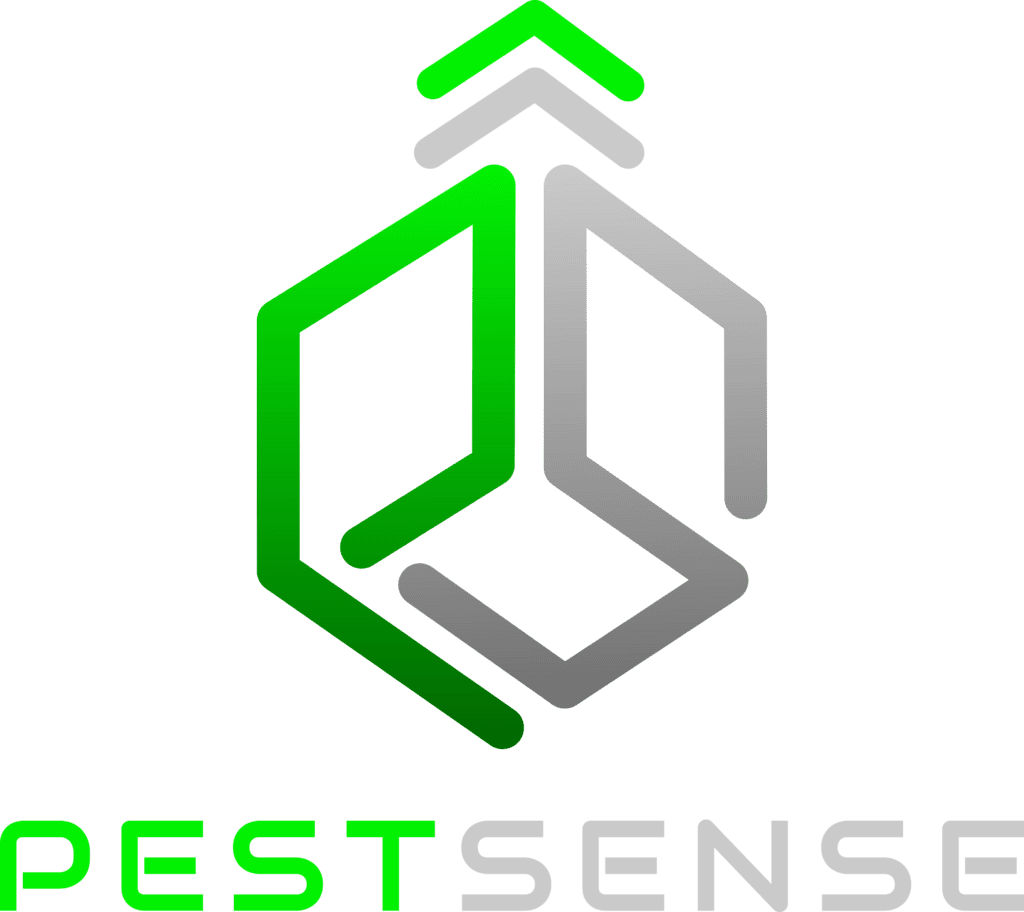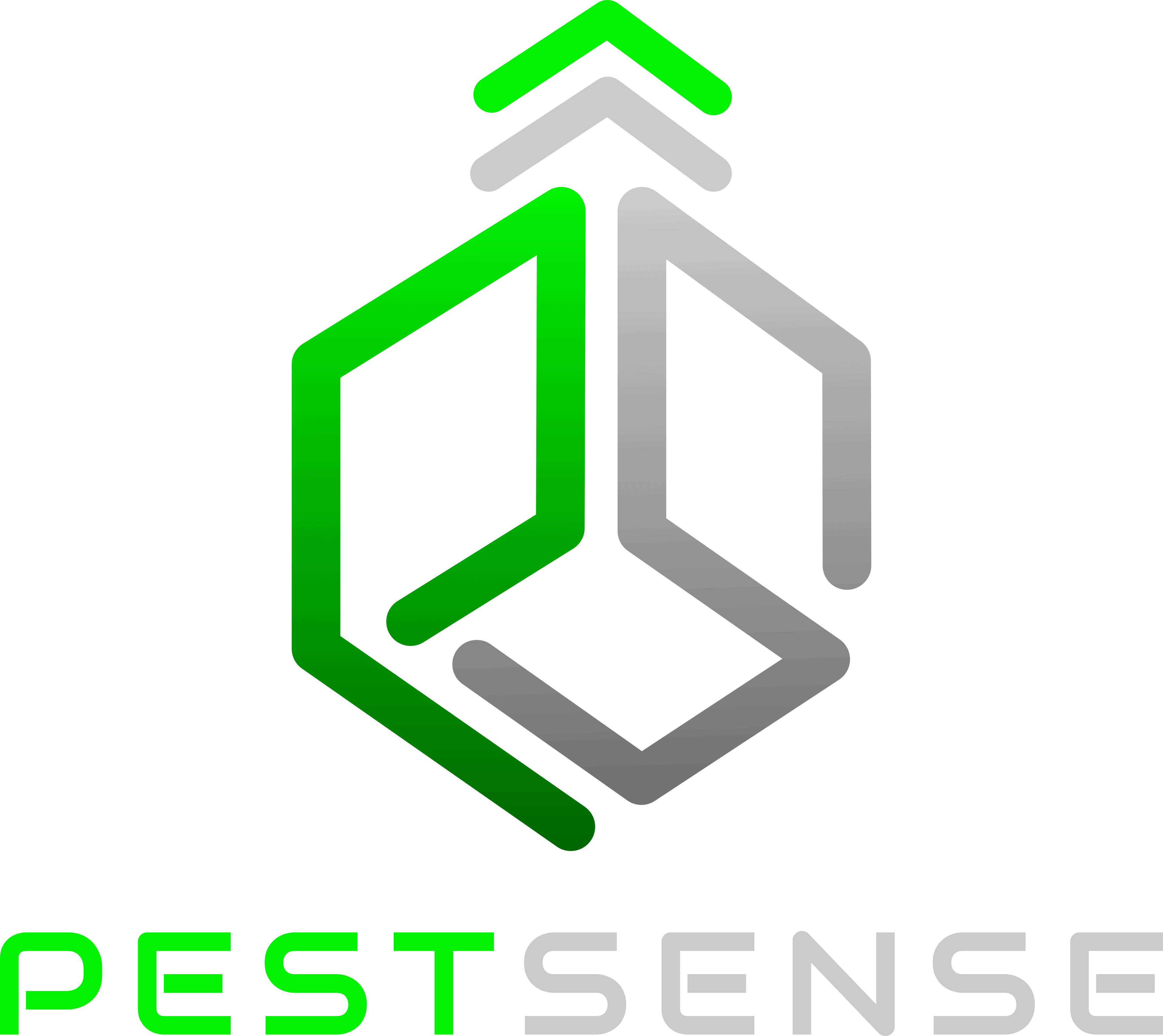Another key feature of digital pest management is the use of cloud-based AI analytics. These advanced algorithms allow for the special profiling of a rodent infestation, providing facilities managers with a comprehensive understanding of the problem. For example, AI analytics can analyze data from multiple bait stations to determine the most effective placement and distribution of baits, as well as the most effective bait types and formulas. This data can be used to inform the development of custom pest management plans that are tailored to the unique needs of each facility.
In addition to the benefits associated with monitoring bait consumption and activity, smart bait stations also provide facilities managers with a level of visibility and control that was previously unavailable. For example, facilities managers can access real-time data from multiple bait stations, allowing them to monitor the progress of their pest management efforts and respond quickly to any changes in pest activity. Furthermore, smart bait stations can be easily integrated with other building management systems, such as HVAC systems and lighting, providing a comprehensive and integrated approach to pest management.
In summary, digital pest management offers a new and effective approach to controlling rodent infestations for facilities managers. With the use of IoT devices, such as smart bait stations, and advanced AI analytics, facilities managers have the tools they need to effectively monitor and control pests, while also reducing the risk of damage to property, spread of disease, and threat to human health. As technology continues to evolve, the future of pest management will only become more sophisticated and effective, providing facilities managers with the resources they need to keep their buildings safe and pest-free.



